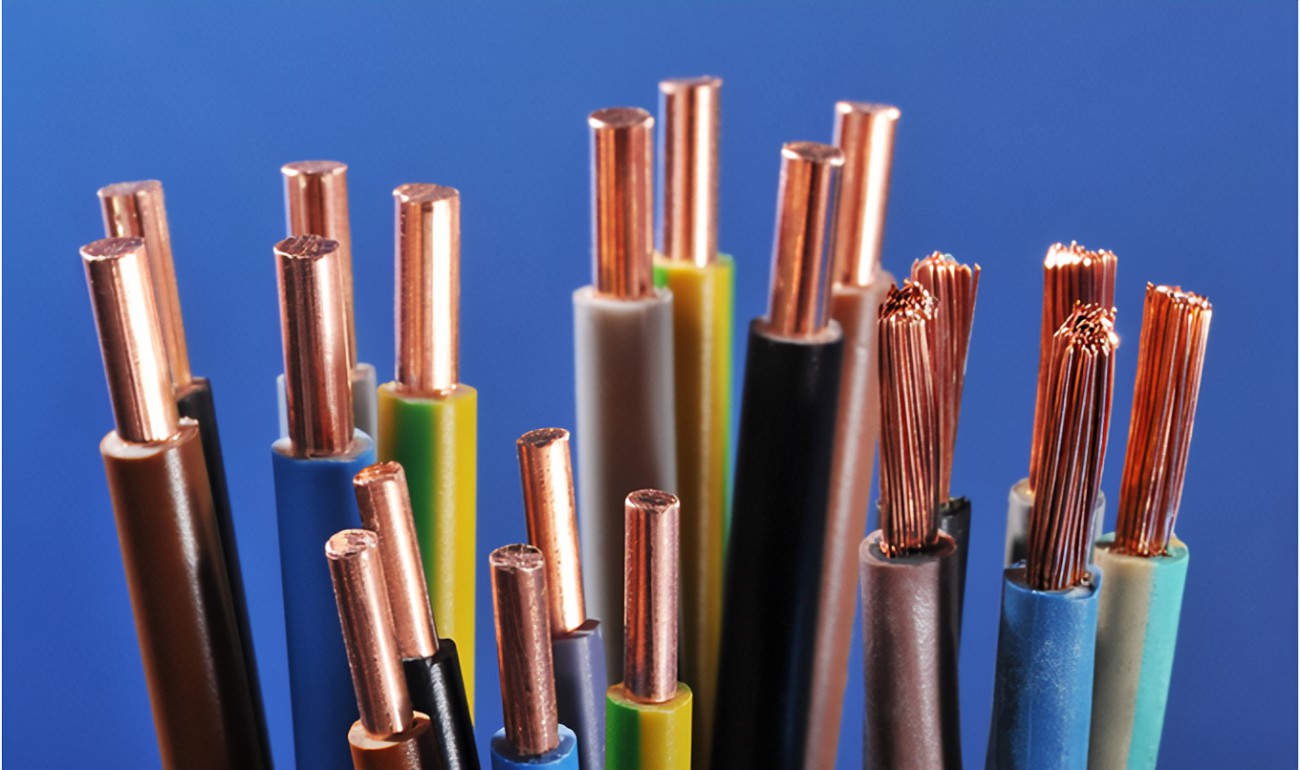
Semi-Rigid PVC (SR-PVC)
This is mainly used as primary insulation and is very abrasion resistant. (For 30-16 gauge, a 10 mil. wall meets UL style 1061, 80°C, 300 volts.) Semi-Rigid PVC is also heat, water, acid, and alkali resistant, as well as flame retardant.
Plenum Polyvinyl Chloride (Plenum PVC)
Plenum PVC is suitable for use in building spaces behind dropped ceilings or raised floors that are left open to allow for air circulation. Standard PVC is considered a non-plenum insulation option because it does not exhibit the qualities necessary for safe usage in plenum areas. To be plenum-rated the insulation must meet more stringent fire safety regulations.
Polyethylene (PE)
This compound is used most in coaxial and low-capacitance cables because of its exemplary electric qualities. Many times it is used in these applications because it is affordable and can be foamed to reduce the dielectric constant to 1.50, making it an attractive option for cables requiring high-speed transmission. Polyethylene can also be cross-linked to produce high resistance to cracking, cut-through, soldering, and solvents. Polyethylene can be used in temperatures ranging from -65°C to 80°C. All densities of Polyethylene are stiff, hard, and inflexible. The material is also flammable. Additives can be used to make it flame retardant, but this will sacrifice the dielectric constant and increase power loss.
Polypropylene (PP)
This material is very similar to Polyethylene but has a broader temperature range of -30°C to 80°C. It is used primarily for thin wall primary insulations. Polypropylene can be foamed to improve its electrical properties.
Polyurethane (PUR)
Polyurethane is known for its extreme toughness, flexibility, and flex life, even in low temperatures. It also has excellent ratings for chemical, water, and abrasion resistance. This material works well in retractile cord applications and can be a good option for salt spray and low-temperature military purposes. Polyurethane is a flammable material. The flame retardant version sacrifices strength and surface finish. Polyurethane’s main disadvantage though, is its poor electrical properties, making it suitable for jackets only.
Chlorinated Polyethylene (CPE)
CPE displays very good heat, oil, and weather resistance. CPE often serves as a lower-cost, more environmentally friendly alternative to CSPE. Its reliable performance when exposed to fire also makes it a favorable alternative to PVC insulation. Chlorinated Polyethylene is commonly found in power and control cables and industrial power plant applications.
Nylon
Nylon is usually extruded over softer insulation compounds. It serves as a tough jacket, exhibiting strong abrasion, cut-through, and chemical resistance, especially in thin-wall applications. It is also extremely flexible. One disadvantage of Nylon is its absorption of moisture which degrades some of its electrical properties.
ZMS CABLE is one of the biggest manufacturers, producing power cables, overhead cables, bare conductors, control cables, instrument cables & electric wire with high quality and competitive prices for 26 years. Any inquiry about cable & wire is quite welcome. We will reply to you ASAP.